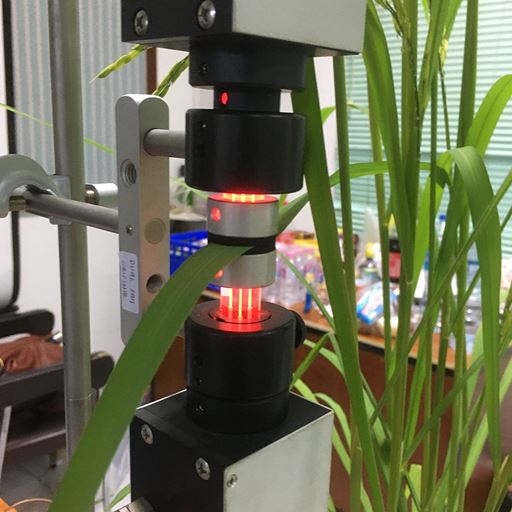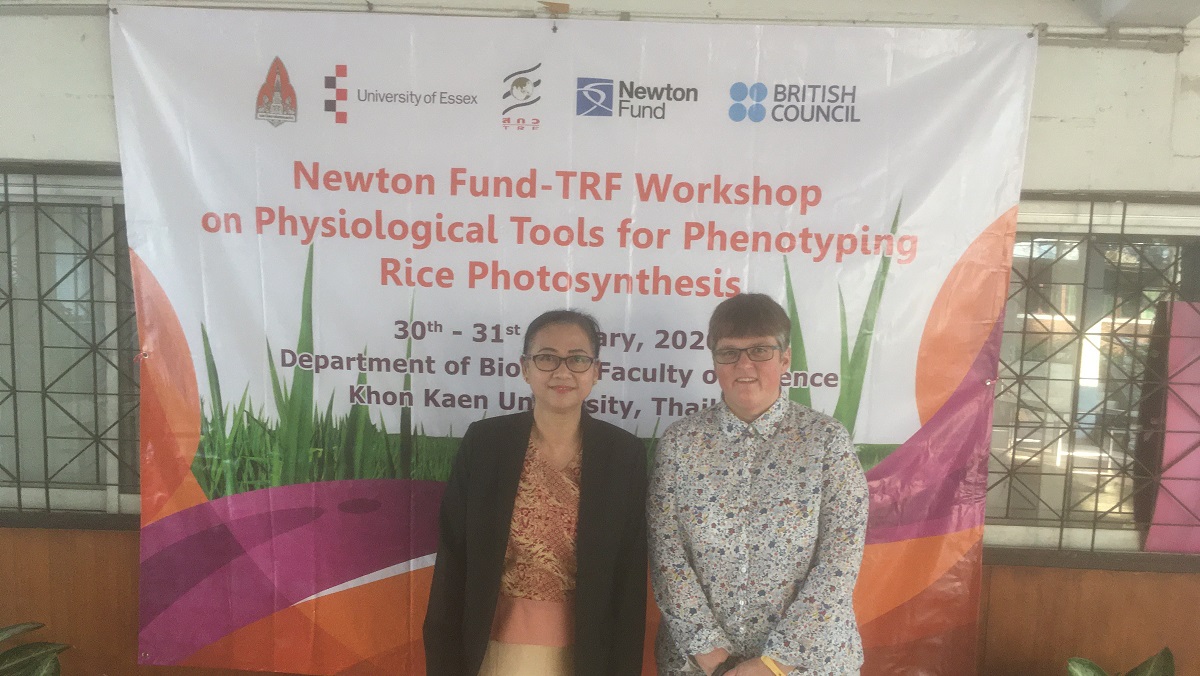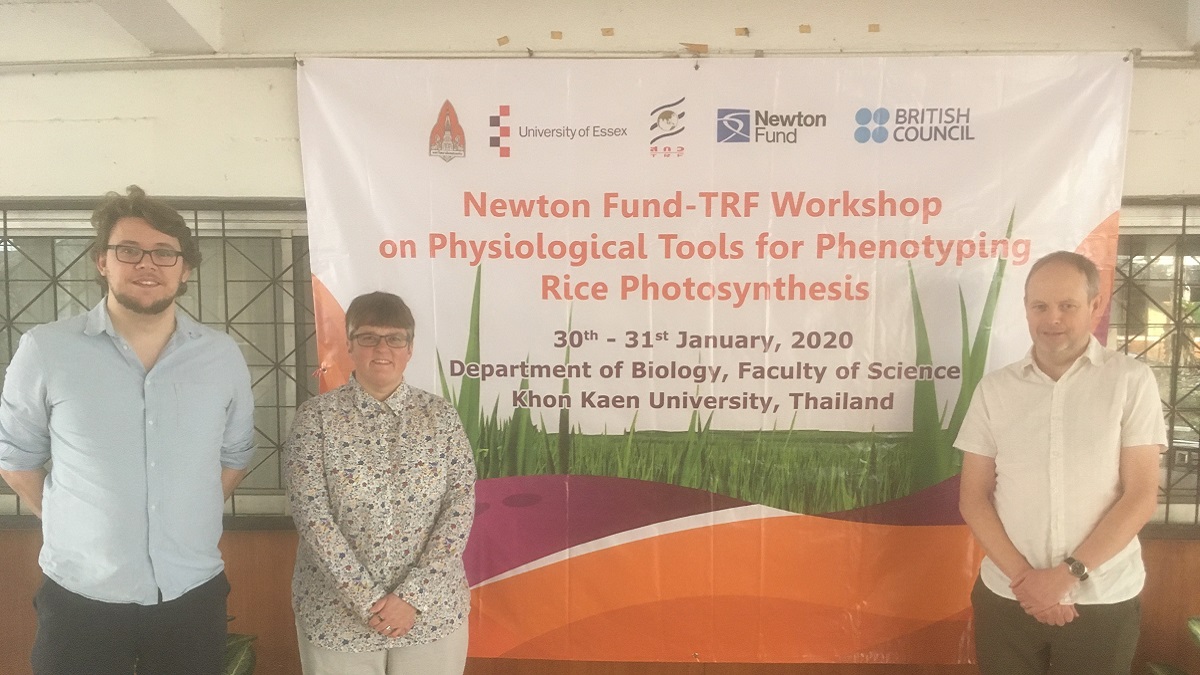1. What is your research about?
Climate change and increasing global population is intensifying the need to find suitable crop plants for sustainable food and fuel production for future generations. Drought conditions and reduced water availability severely impact plant productivity and are considered a global threat to world food security. Stomata, tiny openings on the leaf surface allow gas exchange and their function play a central role in determining the amount of carbon gained per unit water lost, known as plant water use efficiency. Stomata consequently have significant implications for crop yields, as well as global hydrological and carbon cycles. Stomata must ensure an appropriate balance between CO2 demands for photosynthesis and water loss through transpiration by correlating stomatal conductance with mesophyll photosynthetic rates. I am studying the underlying mechanisms and signals that promote this relationship. I am employing various imaging and phenotyping technologies and correlate plant images to photosynthesis efficiency, and hence crop production.
Project at KKU (Thailand)
Almost half of rice-growing areas in Thailand are in the north-eastern part where KKU is located. Recently, rice yield per area in this part of the country seriously suffered from climate change problems leading to erratic rainfalls, prolonged droughts and soil salinity, all of which directly affect photosynthetic capacity. My group has been working with colleagues at KKU on plant photosynthesis and phenotyping technologies which can be applied to modulate crop management under stress conditions, and also in breeding programs with the objectives of screening for rice genotypes which are more efficient in photosynthesis and hence more tolerant to stresses.
Project at VIT in India
India faces a constant challenge in terms of lack of food availability and security as its current food production is not able to meet up the demands of a large population especially the vulnerable groups like children under the age of five, adolescents, pregnant mothers and population below the poverty line. Therefore, identification of factors affecting the optimization of photosynthetic efficiency is the need of the hour to initiate efficient agricultural practices to enhance the production of biomass and promote health and wellbeing of the population. In this project my group conducted novel research focusing on the role of pigment in plant photosynthetic efficiency that could not only be exploited for generating crop plants with greater productivity but can be used for commercial pigment production - a growing market in India.
2. What activities did your GCRF@Essex funding support and how do your GCRF funded projects support your wider research plans?
Project at KKU (Thailand)
Prof. Piyada Theerakulpisut at KKU and I received a Newton Fund Institutional Links Grant in 2018. This grant supported a joint research project on the physiology of rice under salt stress, plant physiology training workshops at KKU and staff travel in both directions. The funding from the Essex GCRF@Essex fund further strengthened our research collaborations providing support for a technical assistant to help analyse data gathered during the Newton Fund project.
The funds also supported the purchase of a Photosync device by KKU which will enable spectral measurements from field grown rice under salt stress conditions in Thailand to support data collected in the laboratory. These data will all feed into joint publications.
Project at VIT (India)
The funding from the GCRF@Essex fund further strengthened research collaborations between the groups by providing support for a technical assistant with a joint review publication between Prof Siva Ramamoorthy and Prof Tracy Lawson, and to conduct research in the laboratory to generate new data providing further preliminary work to support future joint funding opportunities.
The funding enabled us to collect preliminary data on the impact of altered light capture on plant photosynthetic efficiency in transgenic plants produced at Essex which have altered pigment content. Photosynthesis is essential for all plant productivity and whilst light is essential for this process, too much light can damage the plant reducing photosynthetic efficiency. The transgenic plants have been produced with the inclusion of orange carotenoid protein (OCP) found in algae. It is reported that this protein protects algae from fluctuation in high light and therefore we carried out several experiments to test if this was also the case in higher plants.






